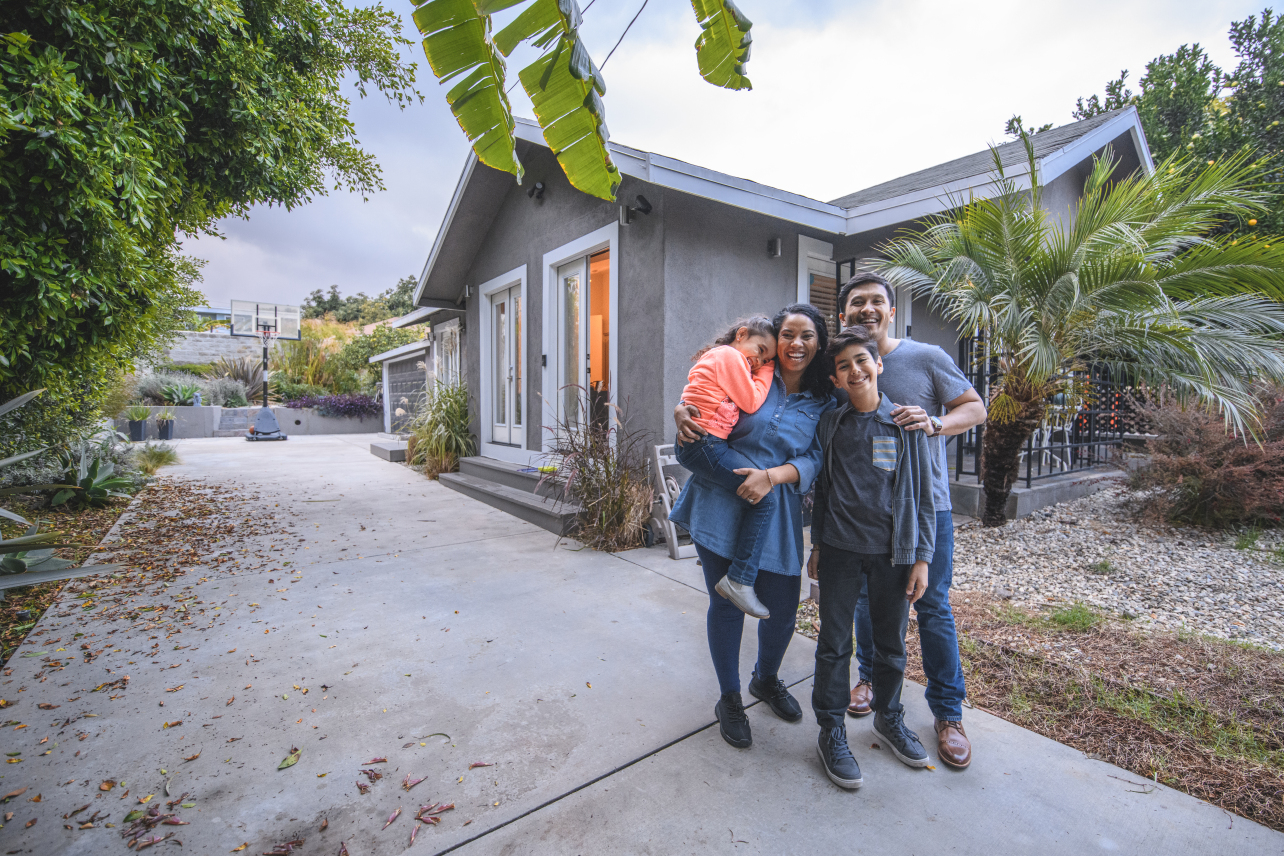According to the Motley Fool, the median down payment for a home purchased in early June 2021 was $27,850, though this number can vary from state to state. Additionally, according to a survey conducted by the National Association of Realtors, the median down payment percentage was 12% of the home’s value.
Not only will you need to have some money saved to put down on a house, but lenders will also look at your level of debt in determining whether to approve you for a loan. In addition to the down payment, there are also closing costs, property taxes, and ongoing repairs and maintenance costs to save up for.
Obviously, you will need to have a few bucks on hand when the time comes to buy a house. However, saving enough money can understandably be tough. Here are some ideas on how to grow your savings and buy a house sooner rather than later.

Tip #1 Reduce Debt
While you save some money for a down payment, you will also need to simultaneously maintain a good credit score. This is very important because it helps your chances of being approved for a mortgage by showing the lender that you are likely to repay your loan on time.
Therefore, while you’re saving for your down payment, avoid charging big purchases as this will increase your debt-to-income ratio and credit-in-use. Similarly, avoid applying for new credit and don’t miss any credit card or loan payments as those will also be considered major negatives. This is because your credit score is likely to be checked again during the time between application and closing. Carrying too much debt can make it more difficult to qualify for a mortgage, as well as make it more difficult for you to save money.
Debt-to-Income Ratio
Lenders will often look at your DTI, or Debt-to-Income Ratio. Your DTI is your monthly debts divided by your gross monthly income, which is then converted into a percentage. Here is an example of a DTI Calculation:
Monthly Debts: $300 auto loan + $100 student loan + $800 rent + $200 credit card debt = $1,400
Gross Monthly Income: $4,000
$1,400 divided by $4,000 = 0.35, or 35%. Typically, a DTI under 36% is desired, but every lender is different. Making an effort to reduce your DTI will help you increase your savings and potentially help your chances of getting a loan.
Tip #2 Know Your Homebuying Budget
Buyers need to have cash on hand for closing costs of approximately 2% to 5% of the purchase price, depending on which state you live in. As an aside, if your down payment is less than 20% of the purchase price, you will likely incur the extra expense of PMI insurance. Having a 20% down payment will save you money over time, however, it’s not a requirement to buy a home.
An effective method of calculating your homebuying budget is called the “28% Rule.” This means that your mortgage should not be more than 28% of your gross income each month, and no more than 36% of your income should be debt.
Want to Calculate How Much House You Can Afford?
Tip #3 Grow Your Savings
Making a few small adjustments to your routine can help build a stronger financial portfolio over time. Adding a few bucks here and there, reducing costs and stashing away what you can will aid you in your down payment savings journey. Here are some ideas:
Cut Back on Expenses
Calculate your monthly expenses and begin scrutinizing where you’re spending your money and then look for areas where you can cut back. Cut out unnecessary expenditures on entertainment, takeout food, and online ordering. Another idea is to downsize into a smaller place or sell your second car if you have one. Finally, skip the big vacation this year if you normally go away or spend a lot of money. Instead, do some local day trips to museums or a nearby lake. Be sure to place any money you save with any of these ideas towards your house savings.
Get a Side Hustle
If you can’t find a higher paying job and are unable to get a raise at your current job, consider getting a “side hustle.” If you have the time, there’s plenty to do for income in the “gig economy” on evenings and weekends. If you’re buying a house with another person, consider partnering up with them on the side gig and try to make it fun. Some popular side hustles include Uber, Uber Eats, Doordash and Fiverr. An extra $100 a week is $400 a month, and an extra $400 a month over a year is $4800, which could be just enough to put you over the 20% conventional down payment edge.
Gift Money
Make it known to those close to you that you’re saving for a house. Remind them again when the time approaches when they would ordinarily give you a present. They may be more likely to give you cash as many people enjoy helping a good cause.
Keep the Change
Consider using an app that will automatically save some of your paycheck each week. Some banks offer a free service that rounds up your purchases to the nearest dollar and places the difference into your savings account. Implementing these ideas will help grow your savings rather quickly.
Conclusion
Whether you’re looking to buy soon or just starting your research, beginning to save money now for a house will pay dividends for you down the road. Also, familiarizing yourself with down payment requirements will be tremendously helpful when the time is right for you.
In the meantime, use our Mortgage Calculator to help estimate how much house you can afford, as well as how much savings you may need to become a homeowner.



